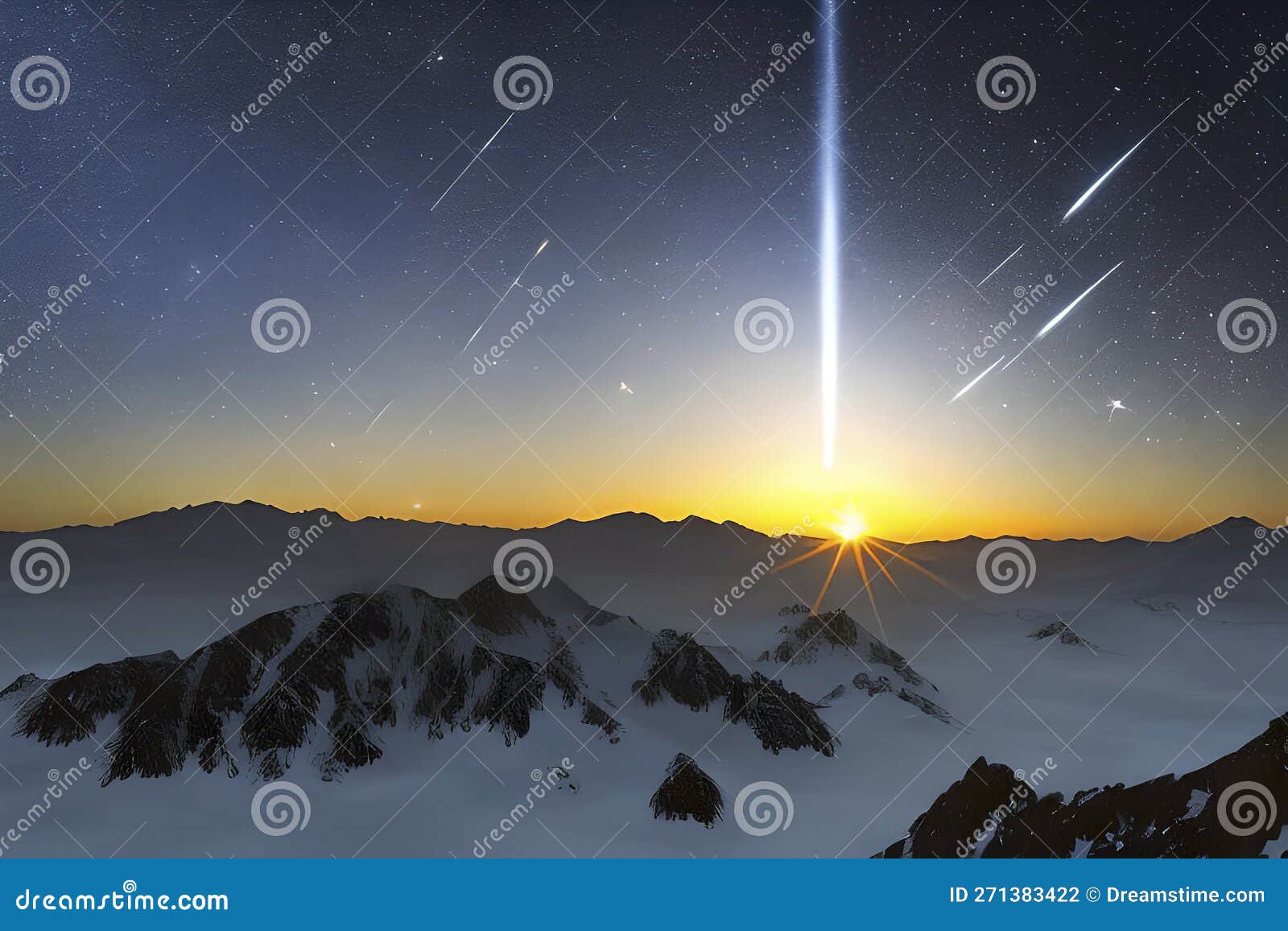In the realm of planetary science, celestial bodies often hold mysteries that spark excitement among researchers and astronomers alike. One such entity, Jupiter’s moon Io, has long been thought to be driven by a hidden ocean of molten rock or magma beneath its surface. This theory suggested that the intense geological activity observed on Io, including its numerous active volcanoes, was due to a reservoir of magma that fueled these eruptions. However, a recent study has brought forth compelling evidence that challenges this established idea, providing an alternative explanation for Io’s dynamic character.
Conducted by an international team of scientists, the research utilized advanced geological models and data collected from various spacecraft missions, including NASA’s Galileo orbiter and Juno spacecraft. The study’s findings indicate that Io’s energy and the heat generated within its crust are not solely reliant on the presence of a magma ocean. Rather, scientists have proposed that the moon’s geological activity can be attributed to a combination of tidal heating, surface activity, and other thermal processes further complicating its geology.
Io is recognized as the most volcanically active body in our solar system, exhibiting a landscape characterized by numerous volcanoes, lava flows, and extensive lava lakes. This extreme volcanic activity is believed to be driven by the gravitational tug-of-war between Jupiter and its neighboring moons, particularly Europa and Ganymede. All three moons exert strong gravitational forces on each other, resulting in a phenomenon known as tidal heating. Tidal heating occurs when the gravitational force from a larger body, in this case, Jupiter, creates internal friction within a smaller body, such as Io. This friction generates heat, sufficient to keep the surface partially molten and encourage volcanic eruptions.
The prior belief in a subsurface magma ocean suggested that volcanic activity was primarily linked to the existence of a liquid layer beneath the surface. The new research indicates otherwise, demonstrating that the heat generated through tidal interactions alone is enough to fuel Io’s persistent volcanic activity and geological changes. Furthermore, scientists have suggested that additional factors, including the moon’s unique surface composition and its interactions with the magnetosphere of Jupiter, also contribute to its dynamic environment.
One notable aspect of the study is the analysis of Io’s surface materials, which suggested a vastly different composition than previously believed. The presence of certain minerals and their distribution indicates a complex relationship between volcanic activity and the surface environment. As Io’s surface undergoes constant renewal through volcanic activity, scientists believe the material composition is intricately linked to the moon’s thermal dynamics. Volcanic eruptions on Io can vary significantly, from gentle lava flows to explosive eruptions, depending on the underlying geological processes at play.
Another significant finding of this research is the implications it has for our understanding of other celestial bodies, particularly those with extreme geological activity. The mechanisms identified in Io might provide insights into similar processes occurring on exoplanets or other celestial bodies, offering broader insights into planetary formation and evolution in different environments beyond our solar system.
This research not only presents a refined model of Io’s internal heating but also serves as a reminder of the complexities involved in planetary geology. Scientists continue to investigate and analyze the distinct features of Io and other moons of Jupiter, as each one offers unique information that could shape future explorations and missions. The findings have been published in a prominent planetary science journal, riding the wave of interest surrounding the ongoing explorations of the Jovian system.
In addition, the study has prompted renewed discussions in the scientific community about the methodologies utilized to study celestial bodies. Optimal analysis and interpretation of data collected from space missions require constant reevaluation of hypotheses, as new information often necessitates changes in established theories. This research symbolizes the ongoing quest to understand the diverse geological phenomena present in our solar system, emphasizing the necessity of an open-minded approach to scientific exploration.
With plans for future missions targeting Jupiter and its moons, researchers remain optimistic that additional data will continue to enhance our understanding of these enigmatic worlds. Io, in particular, will remain a focal point as scientists seek to unravel the intricacies of its remarkable geology. The fervor surrounding studies of Jupiter’s moons—and Io, in particular—speaks to the growing interest in understanding the dynamics of our celestial neighbors and their broader implications for cosmic exploration.



